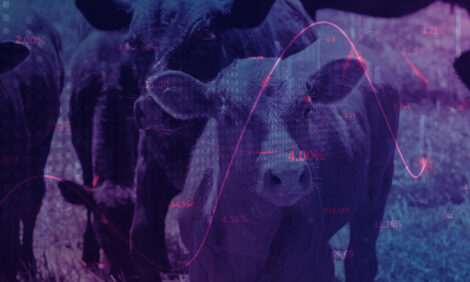



The return of the bison
After 1,000 years, the European bison is back in Switzerland. The "Wisent Thal" project brought the animals to the Thal Nature Park in 2022 – despite controversial discussions. Initial successes are evident: offspring and valuable insights for biodiversity.The European bison was extinct in Switzerland around 1,000 years ago. The "Wisent Thal" project aims to return Europe's largest living wild animal to the Swiss Jura Mountains – where bison were once widespread. However, not everyone was enthusiastic about this idea. Can a country as densely populated as Switzerland support such a large wild animal? This question led the project's opponents all the way to the Federal Supreme Court, which, however, gave the "Wisent" project the green light.
In September 2022, the time had finally come: The first five bison – a three-year-old bull, three cows, and a calf – arrived in Welschenrohr and were placed in a three-hectare acclimatization enclosure. After several weeks, the wild animals were allowed to move to a 50-hectare enclosure for two years, which was expanded to 100 hectares last September.
The bison appear to be doing well; five calves have now been born in the Thal Nature Park. The "Wisent" project is being closely monitored by scientists. For example, research is being conducted to determine how much the bison graze young trees and whether they are displacing other wild animals such as deer or badgers.
Before and after comparison
The BFH-HAFL is also participating in the research: In collaboration with the Department of Forest Sciences, the impact of these gentle giants on rare forest communities is being investigated. These are of particular importance for biodiversity; the Thal Nature Park is home to several such plant communities worthy of protection, for example, a yew-beech forest and an orchid-pine forest.
This research project benefits from the fact that the bison were initially only allowed to move within half the area of their current enclosure. This allows the scientists to conduct a before-and-after comparison: A few weeks before the enclosure expansion, sample surveys of the vegetation were taken at 60 locations. These surveys will then be repeated at the same locations a year later. The researchers hope to find out how the bison influence the vegetation composition.
"A study in Denmark found that the presence of bison has increased herbaceous biodiversity, with grasses in particular benefiting," says project leader Valentin Brühwiler. However, this depends heavily on the specific forest type, making forecasts difficult. In 2027, those responsible for the "Wisent Thal" project will submit a comprehensive report on the reintroduction of the bison. Depending on the outcome, the wild animals will be released into semi-freedom in a subsequent phase, and ultimately into the wild.


